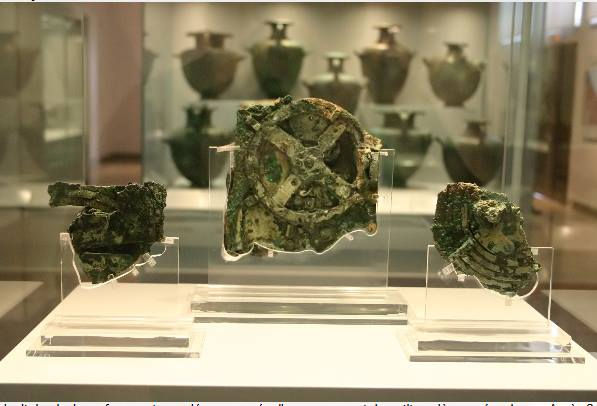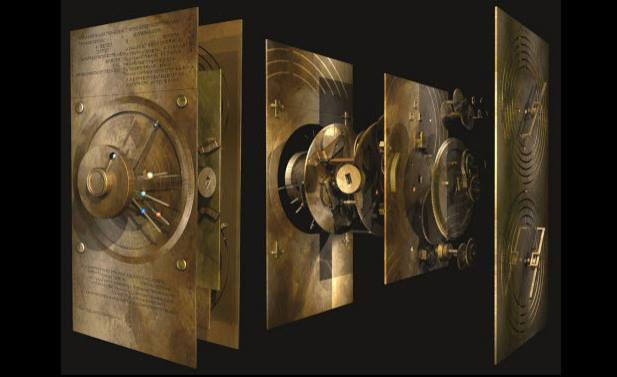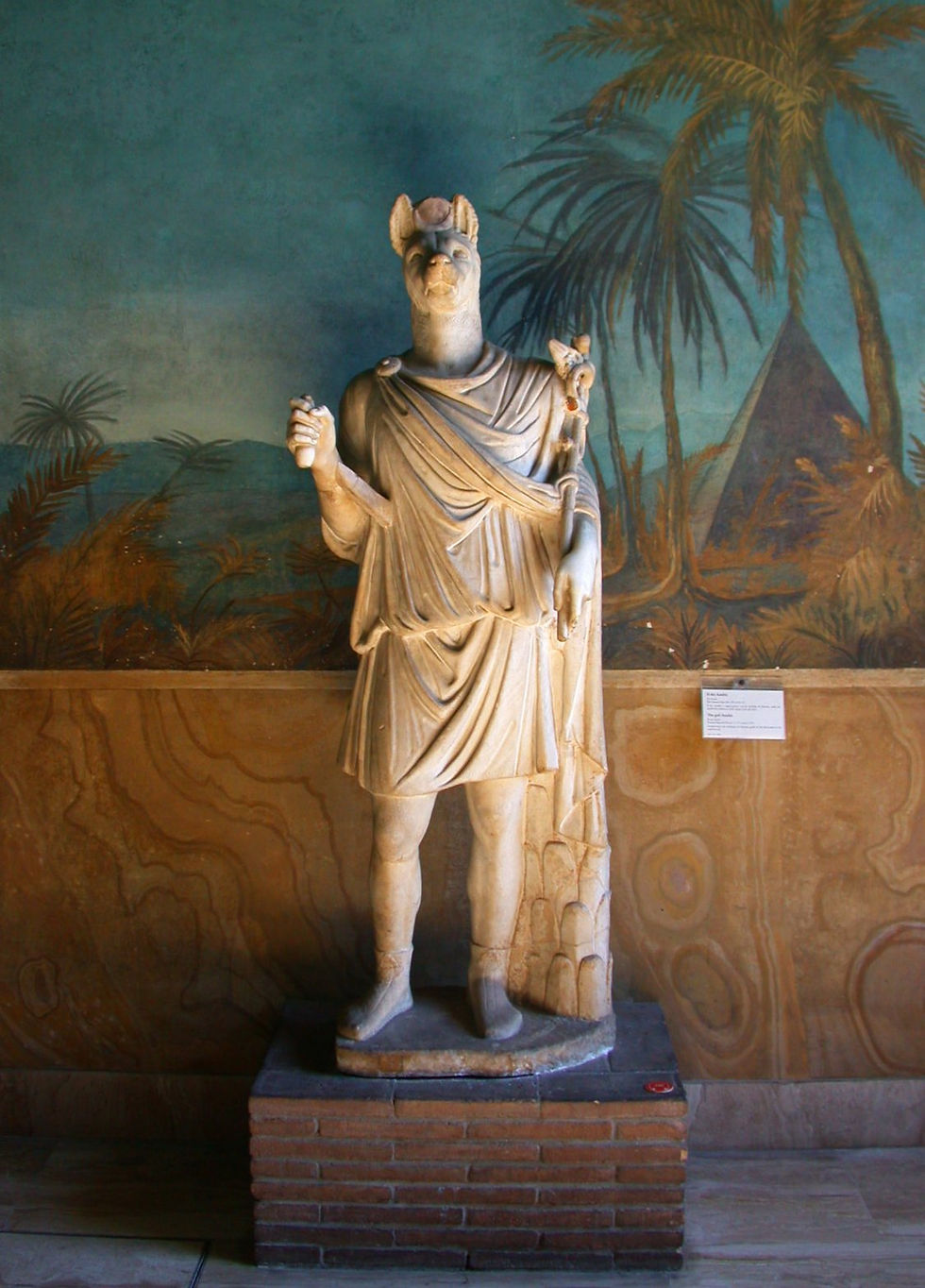The Antikythera mechanism
- associationenarro
- Aug 8
- 2 min read
In 1900, sponge divers discovered hundreds of objects from a Roman ship that had been wrecked near the island of Antikythera. Among the statues and various objects that Greek authorities recovered from the ship were several corroded, almost fossilized bronze fragments that seemed to have no value. It was not until 1902 that it was realized that these pieces constituted a very complex mechanism, which would become one of the most important and enigmatic objects ever discovered in the history of archaeology. Dated to the 1st or 2nd century B.C., the Antikythera mechanism is the oldest known gear mechanism. It is composed of more than 82 elements, including about thirty gears, which occupy roughly the space of a large book. The three main fragments of the mechanism are currently exhibited at the Archaeological Museum of Athens, but the stony concretion that covers them only hints at their complexity.

This discovery has continued to intrigue scientists and historians ever since.
Throughout the 20th century, scientists tried to unravel the secrets of the mechanism. In 1959, using X-rays, physicist Derek de Solla Price detected the presence of axes, needles, and dials engraved with tiny inscriptions, as well as astronomical signs. His studies supported the hypothesis that the mechanism was a kind of ancient calculator, intended to predict the movement of celestial bodies. But it was not until the early 2000s that technology made it possible to go further: using an 8-ton tomograph specially designed for the occasion, the team led by astronomer Mike Edmunds and mathematician Tony Freeth was able to reconstruct the interior of the mechanism in three dimensions. Their expertise, which concluded in 2006, made it possible to state with certainty that the purpose of the machine was to calculate the movements of the sun and moon, as well as to predict eclipses, thanks to more than 30 gears, dials, and other bronze surfaces covered with astronomical and mechanical inscriptions.

However, while we now know the structure of the mechanism in detail, its anachronistic nature remains an enigma that overturns our knowledge: this object, weighing just a few hundred grams, has no known equivalent in antiquity, and it would not be until the Middle Ages that astronomical clocks of comparable complexity would appear.




Comments